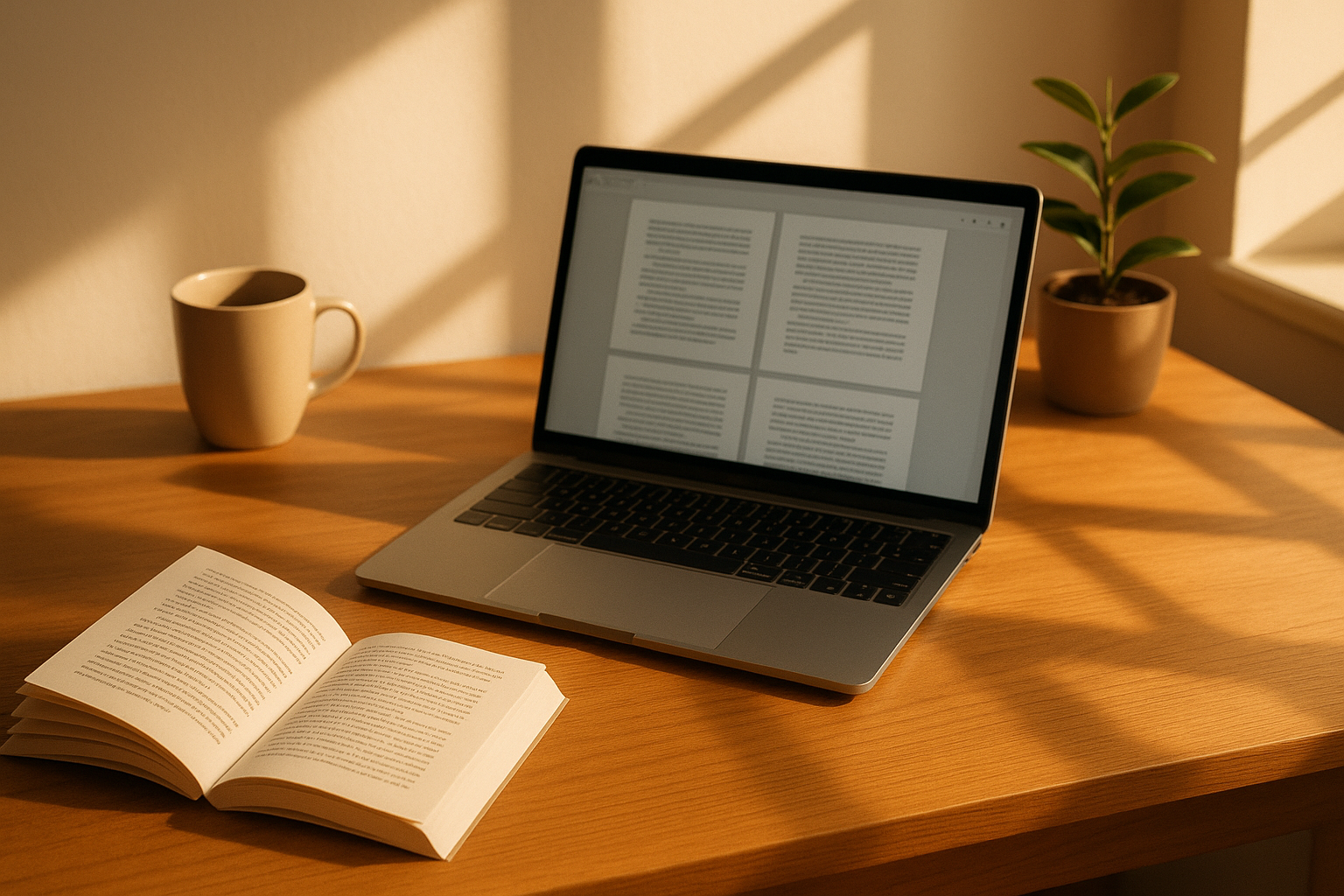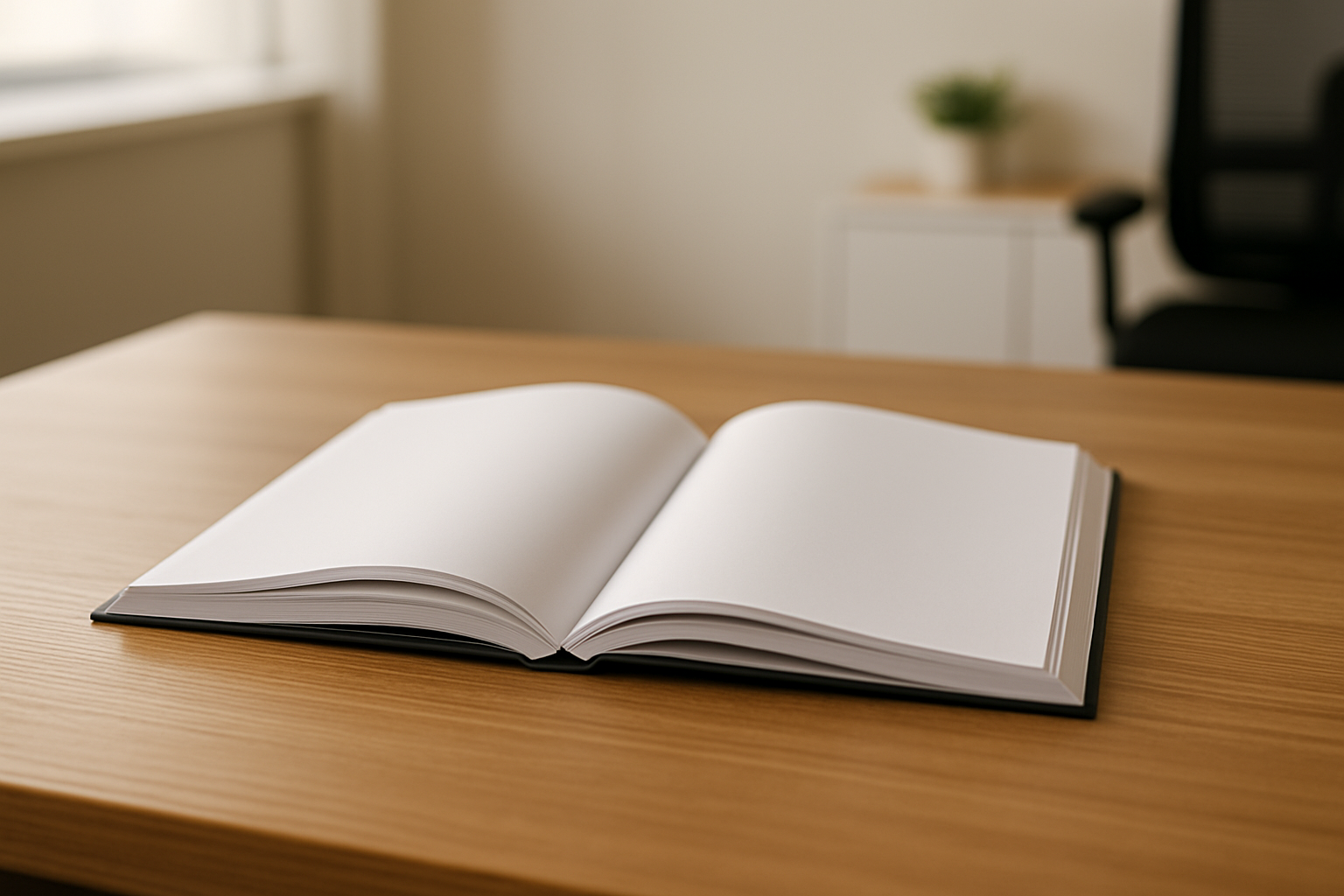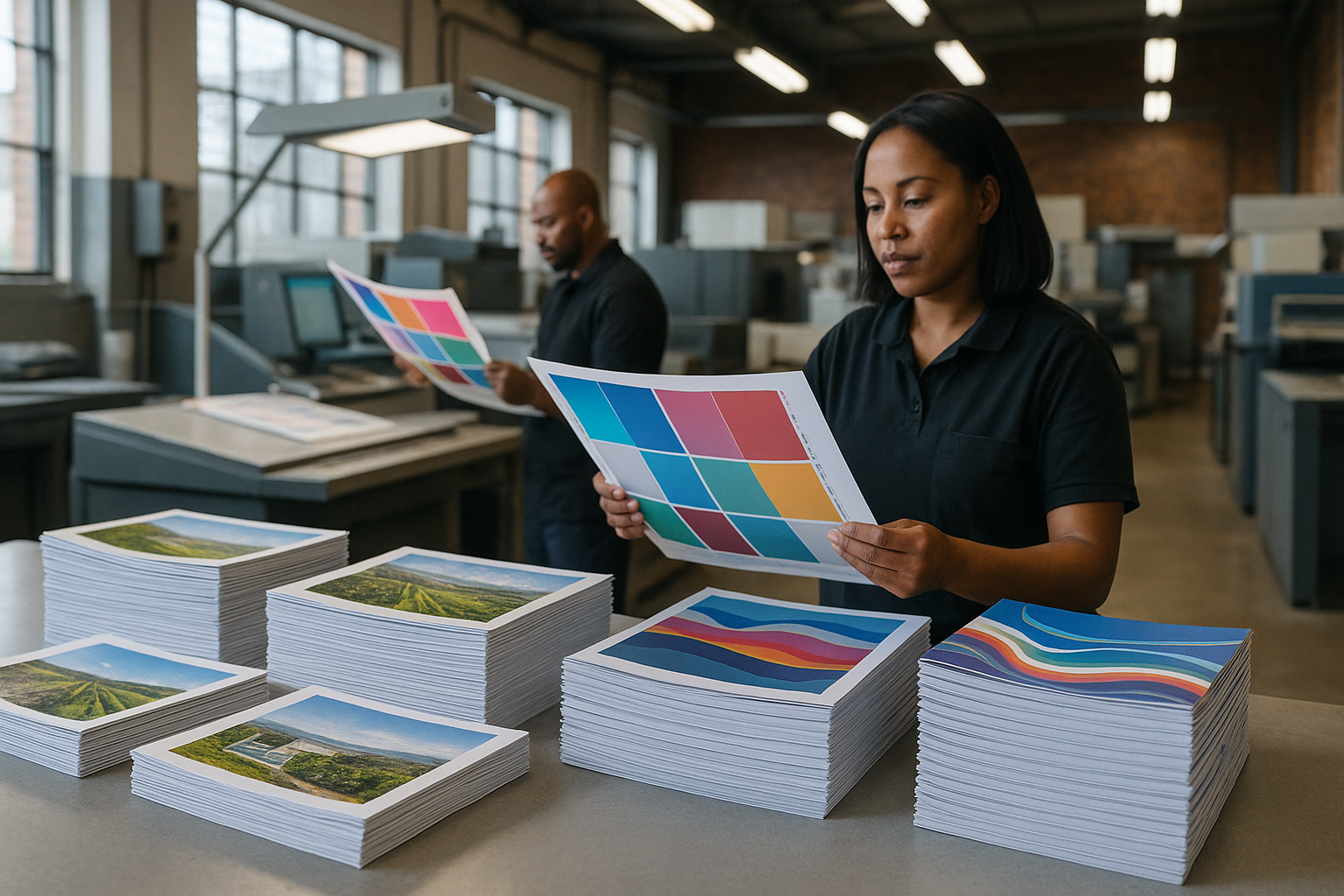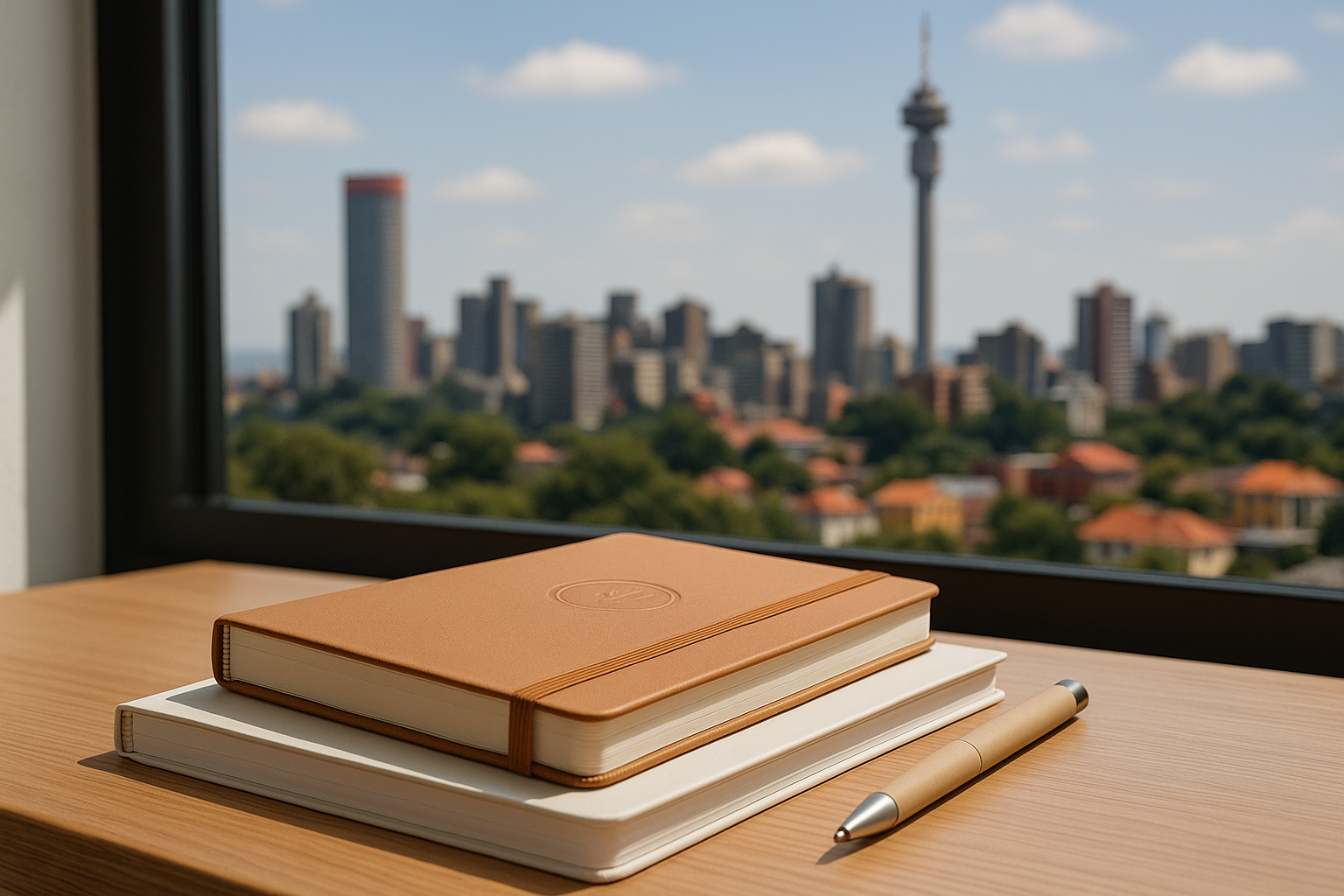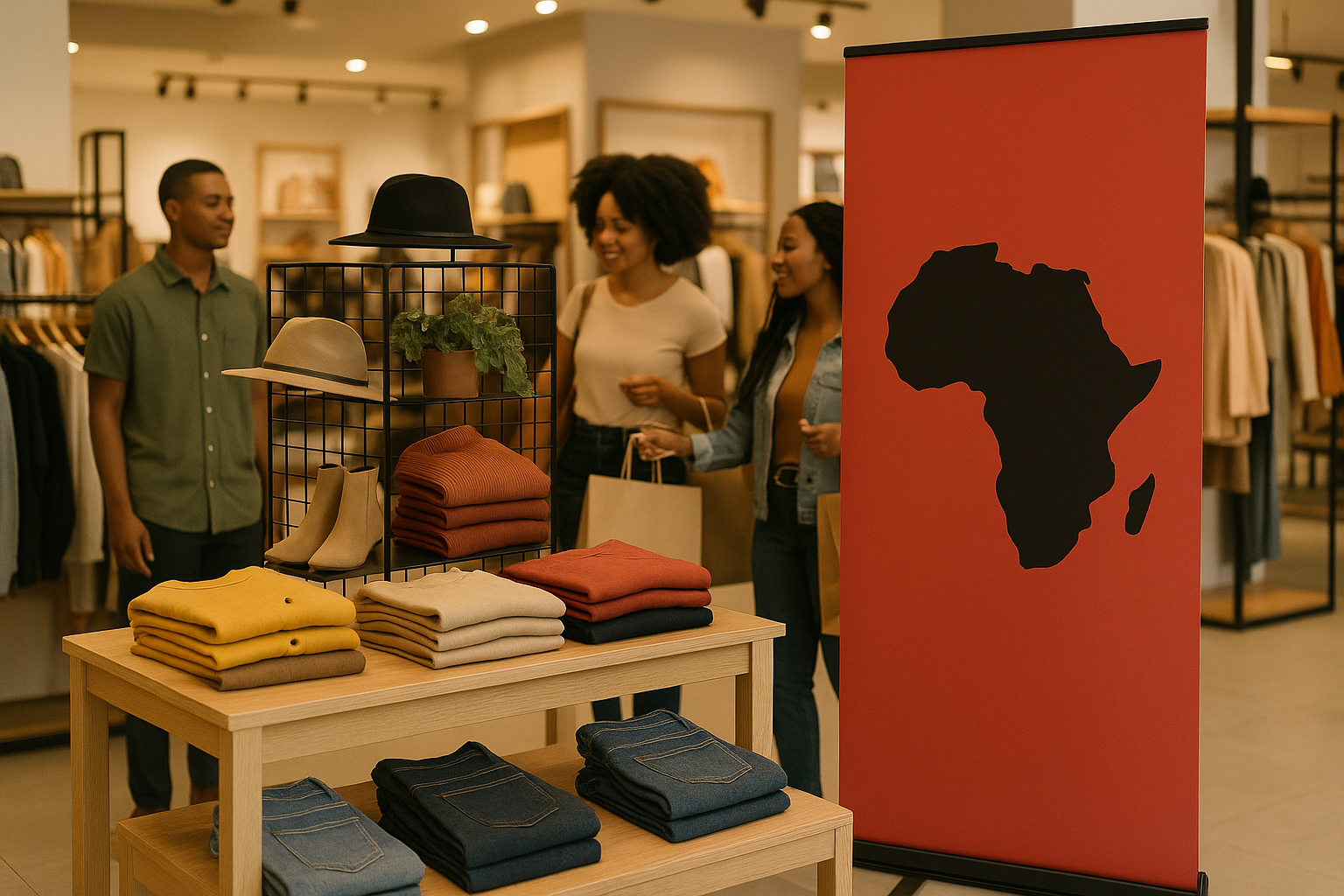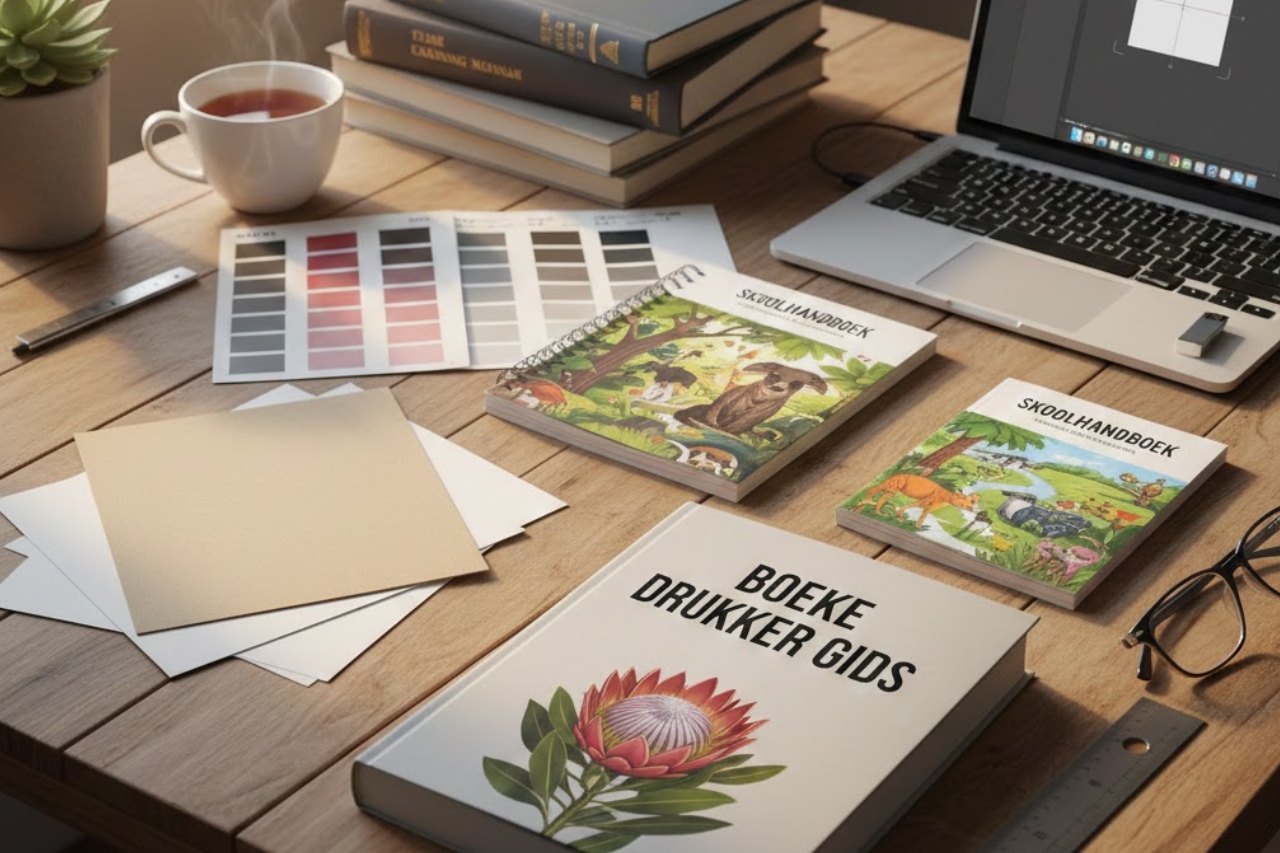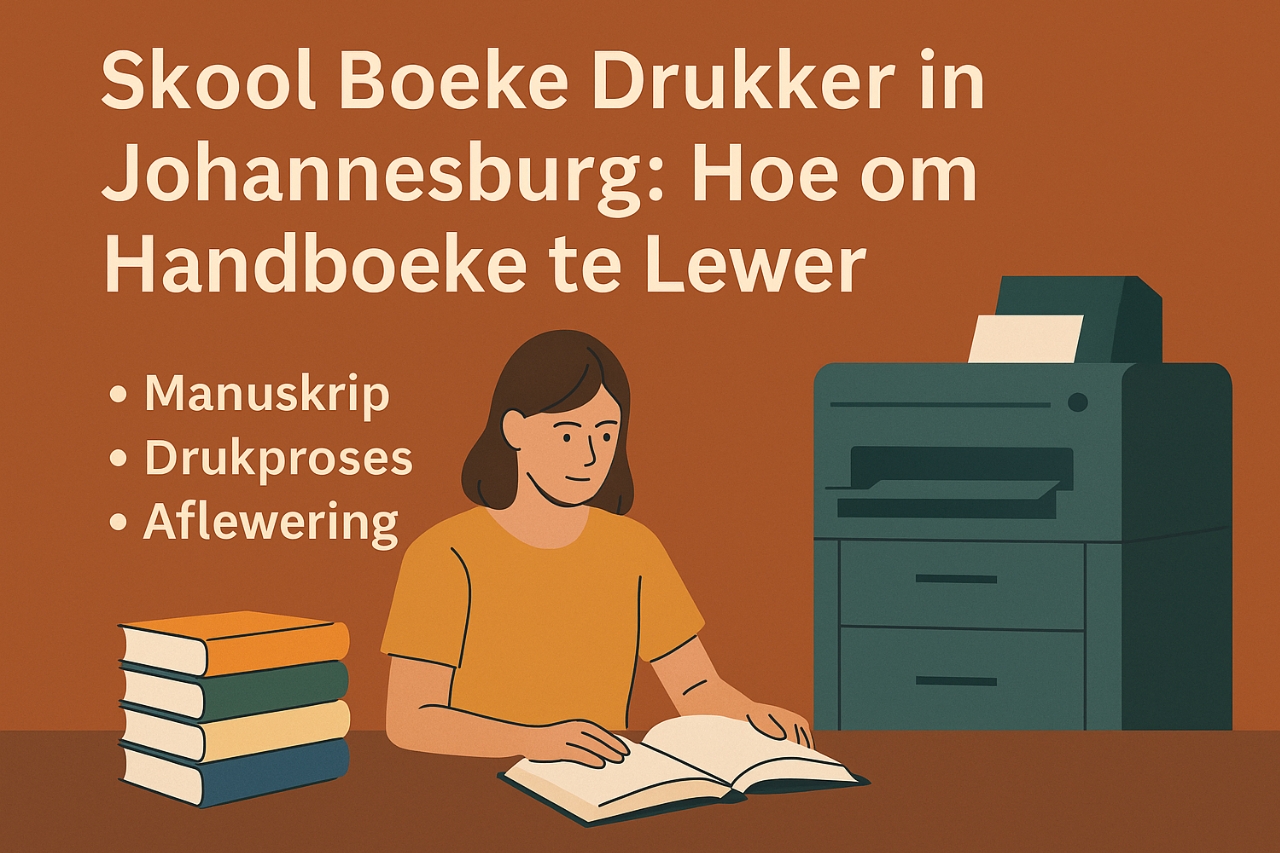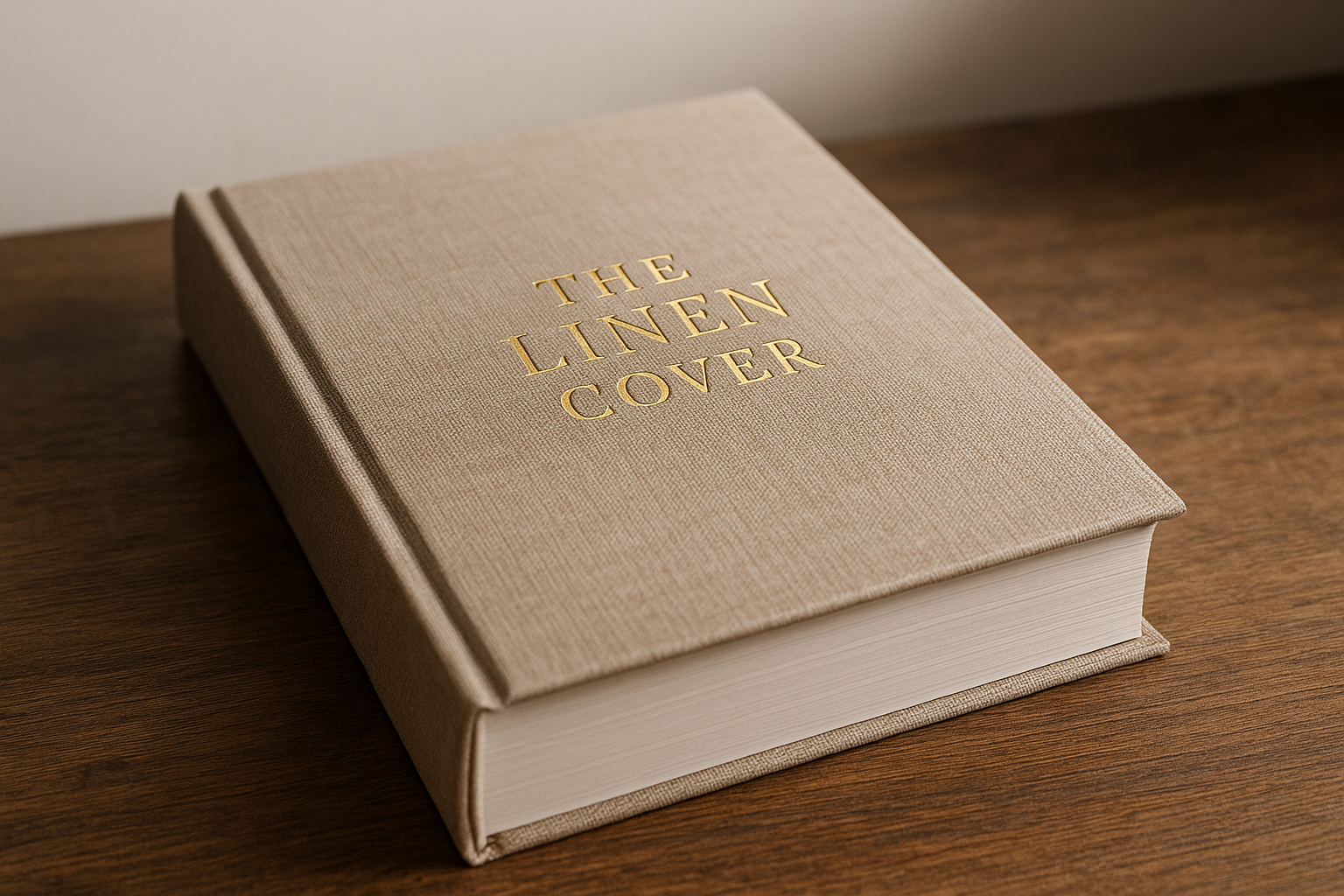How do yearbook printing companies work with schools in South Africa?
Yearbook printing companies typically begin with a project intake: scope, estimated print run, delivery addresses and desired finishes. For South African schools that span urban centres and rural districts, vendors provide options such as bulk educational printing, print-on-demand for late orders and logistics planning for campus or multi-campus delivery.
Most suppliers include a project manager, preflight checks and soft proofs before going to press. In many cases suppliers offer allied services common in the commercial printing and educational printing industries — layout, image retouching, custom publishing and even distribution. If you need textbooks or training materials alongside your yearbook, companies like Print It ZA also specialise in textbook printing, training manual printing, and bulk educational printing, which simplifies scheduling and reduces administrative overhead.
What are the typical turnaround times and how can schools meet deadline pressures?
Turnaround varies by method and quantity. A digital short-run yearbook can be produced in as little as 5 working days, while large litho (offset) runs usually require 5 to 7 working days for production plus shipping. According to local industry practice, fast turnaround printing is achievable when templates and finalised content are delivered early and when the printer provides clear milestones for proofs and approvals.
To meet tight deadlines, schools should: create a content submission schedule, lock cover and inner spreads early, and use print-on-demand or mixed-method workflows (digital for late pages, litho for the main run) to avoid reprints. Many yearbook printing companies will offer staged delivery: classroom packs first, followed by individual sales or mail-outs.
How do pricing structures work with yearbook printing companies?
Pricing depends on print run, page count, paper stock, binding type and custom finishes. Basic per-unit pricing drops significantly with higher quantities — this is standard across catalogue printing, booklet printing and yearbooks. Typical cost drivers include full-colour pages, laminated covers, embossing or spot UV, and special sizes.
Most companies offer transparent quotes listing unit cost, setup fees ( plate costs for litho), proofing charges and delivery. Ask for a breakdown so you can compare apples-to-apples between companies. Schools can often offset costs by selling pre-orders, offering optional custom pages for individual students, or bundling yearbooks with other printed items like brochures or newsletters. For reference, a two-tier pricing table might look like:
| Quantity | Unit Price (estimate) | Typical Use |
| 50–199 | Higher | Small schools, short runs |
| 200–999 | Moderate | Medium schools |
| 1,000+ | Lower | Large schools, multiple campuses |
What printing methods do yearbook printing companies use and which should we choose?
Yearbook printing companies generally offer two primary methods: digital and litho (offset). Each has pros and cons for school publishers. Digital printing is ideal for short runs, variable data (personalised pages) and fast turnaround. Offset excels in large runs where colour consistency and economics per unit are better.
Comparison at a glance:
- Digital: Rapid setup, cost-effective for small runs, good for personalisation and print-on-demand.
- Offset (Litho): Superior colour fidelity for long runs, lower per-unit cost at scale, common in high-volume commercial printing.
According to Wikipedia, yearbooks are annual publications that have adapted to both digital and traditional print technologies over time. You can choose a hybrid approach: produce the main run via litho and use digital to top up late orders or add student personalised leaves.
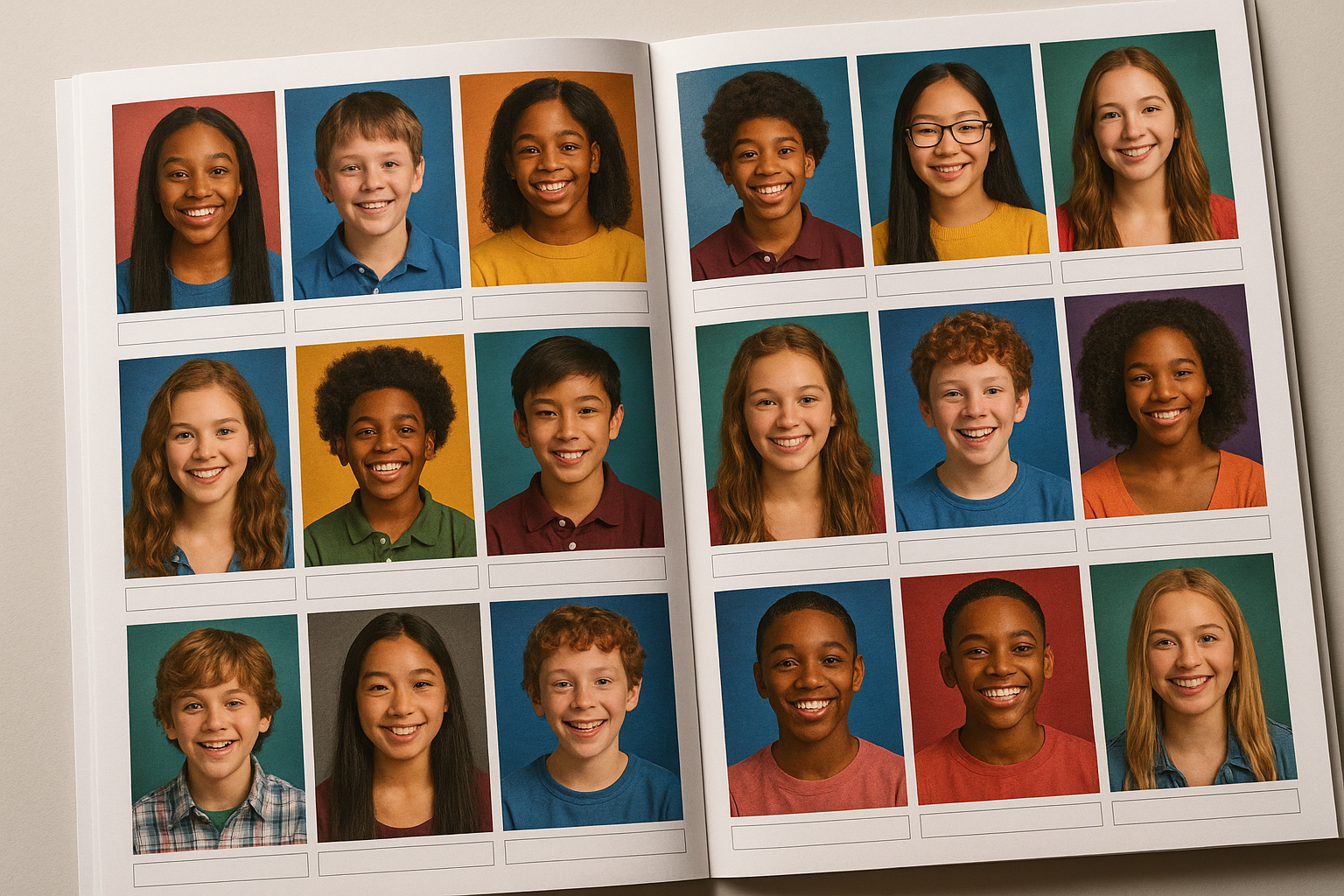
What should schools consider for design, templates and image handling?
Design quality is a major factor in perceived value. Yearbook printing companies often provide design templates, in-house designers or support for schools that supply print-ready PDFs. Crucial considerations include master templates for each page size, consistent bleed and margin settings, and image resolution (300 DPI recommended for print).
Editorial workflows matter: appoint an editorial lead, schedule photo collection days, and use standard naming conventions to avoid lost images. Many printers offer image-retouching and colour correction as an add-on; this is helpful when multiple photographers contribute. For schools that also publish brochures, booklets or catalogues, using a single printer reduces variation in colour and finishing across materials — see related services like brochure printing services and booklet printing for complementary resources.
Which paper stocks and finishes can make a yearbook stand out?
Paper and finishes greatly influence the tactile feel and durability of a yearbook. Common options include uncoated or coated matte for inner pages, heavier covers in 250–300gsm, and finishes like gloss laminate, soft-touch laminate, embossing, foil blocking or spot UV for premium presentation. Packaging printing techniques and custom print finishes are also used for special collector editions.
For schools operating on budgets, a common compromise is a heavy cover with a matte laminate and standard 128–150gsm coated pages. For premium editions, metallic foils, die-cut windows and sewn binding are available. Discuss longevity — sewn or PUR binding adds strength for yearbooks that will be handled repeatedly.
How do yearbook printing companies handle distribution and delivery across South Africa?
Distribution is a logistical challenge, especially when printing for multiple schools in different provinces. Most yearbook printing companies offer delivery across South Africa and can arrange single-site or split deliveries to campuses or regional offices. They can manage palletised freight, courier services, and drop-ship options directly to parents for paid orders.
When planning delivery, factor in school term dates and holidays. According to the South African Department of Basic Education, there are roughly 23,000 public schools — many of which require coordinated delivery plans to reach learners in both urban and rural settings. Ask your supplier about proof-of-delivery, insurance for freight, and timelines for last-mile delivery.
What eco-friendly printing options do yearbook printing companies offer?
Eco-conscious schools can choose recycled or FSC-certified paper, eco inks, and low-VOC coatings. Many commercial printers now have chain-of-custody certifications and offer carbon-offset shipping. Eco-friendly printing options don’t always cost much more if they are integrated early in the planning phase because they can be balanced with paper weight and print run choices.
Specifying environmental credentials upfront helps the printer estimate costs and source appropriate stocks. For schools with sustainability curricula, adding an eco badge or a short sustainability statement inside the yearbook is an excellent communication tool.
How can schools manage copyright, permissions and privacy for student content?
Legal considerations are important: obtain parental permissions for photos and personal data included in the yearbook, and ensure you have the right to reproduce copyrighted works (art, lyrics, scanned materials). A common practice is to distribute a written opt-in/opt-out form during the yearbook planning stage and keep a record of permissions.
Yearbook printing companies often provide guidance and can include a section on privacy policies or a terms-of-use page. For projects involving external photographers or contributors, secure usage agreements to avoid last-minute removals that delay production.
What discounts, funding strategies and bulk options exist for schools?
Bulk orders produce the best unit pricing; many printers offer volume discounts and educational rates for recurring customers. Funding strategies include pre-sales (deposit-based ordering), parent contributions, sponsorship from local businesses, or including yearbooks in activity fees. For schools that publish other materials, bundling catalogue printing or brochure printing services with your yearbook order often reduces overall cost.
Consider staggered payment plans for parents and early-bird pricing to increase pre-orders. Some printers will provide an initial sample or proof copy at a reduced cost so the yearbook committee can validate design and quality before committing to a larger print run.
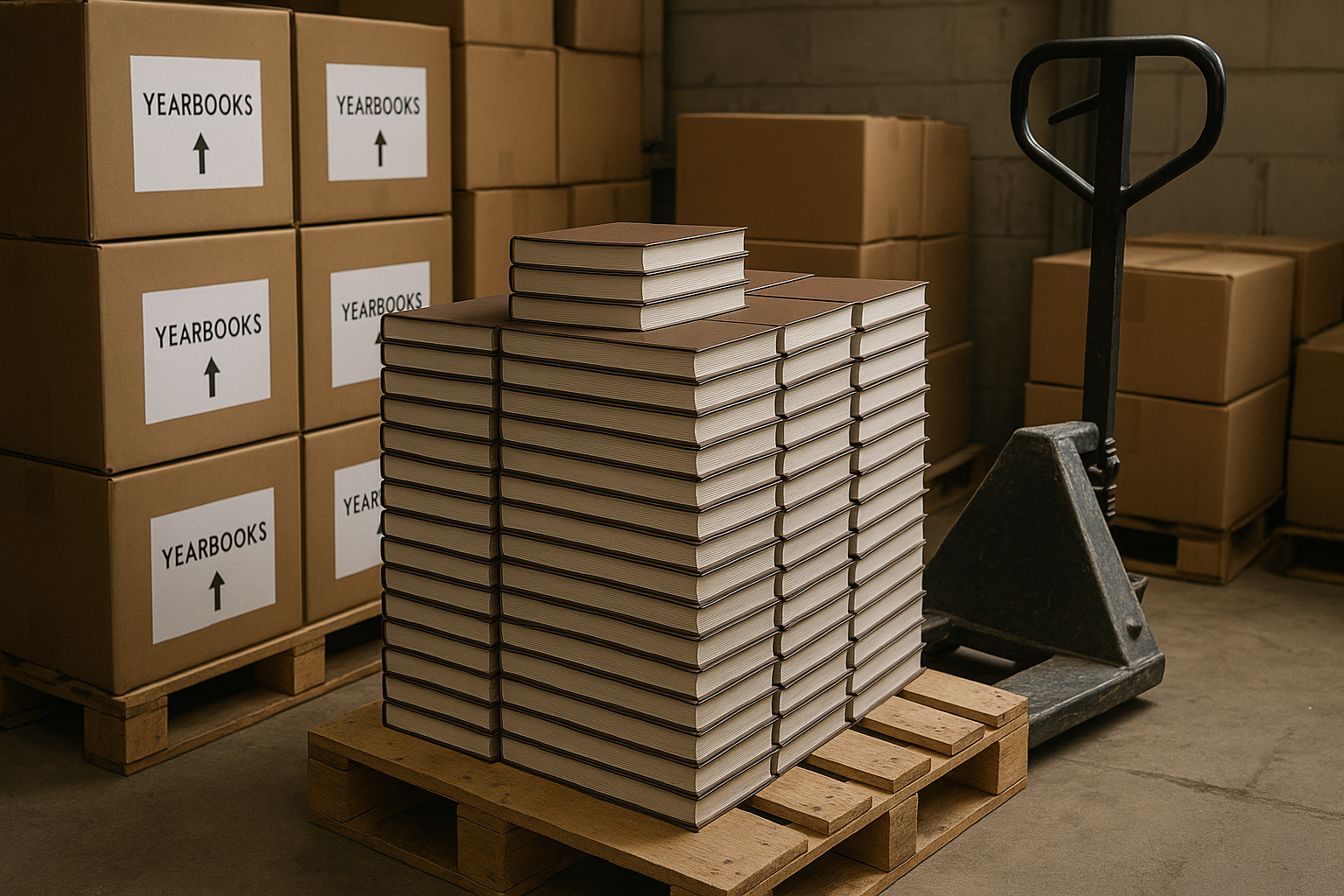
How should a school choose between yearbook printing companies — and what questions should they ask?
Choosing the right partner requires checking references, visiting print facilities if possible, and comparing detailed quotes. Key questions include: What are your minimum and maximum run sizes? Can you provide samples of similar school projects? Do you offer design and layout services? What are the lead times, delivery options and warranty terms?
Request an itemised quote and a sample pack showing paper stocks and finishes. Verify the company’s experience with educational printing, catalogues, and training manuals; printers with a broader education printing portfolio can better anticipate school timelines and often provide discounts for recurring work (see our education printing and training manual printing pages for examples of bundled services).
How do schools handle proofs, revisions and quality control with printers?
Proofing is a critical phase. Most yearbook printing companies provide digital soft proofs and can supply a single physical proof (or press proof for litho) on request. Validate colour, margins, image quality and binding on the proof. Allow for at least one round of changes in your schedule to avoid rush fees.
Establish a sign-off process: designate a final approver (principal or yearbook head), agree on acceptable quality tolerances, and document approvals in email to create a clear audit trail. Quality control checks should include page sequencing, pagination, bleed checks and final cover art.)
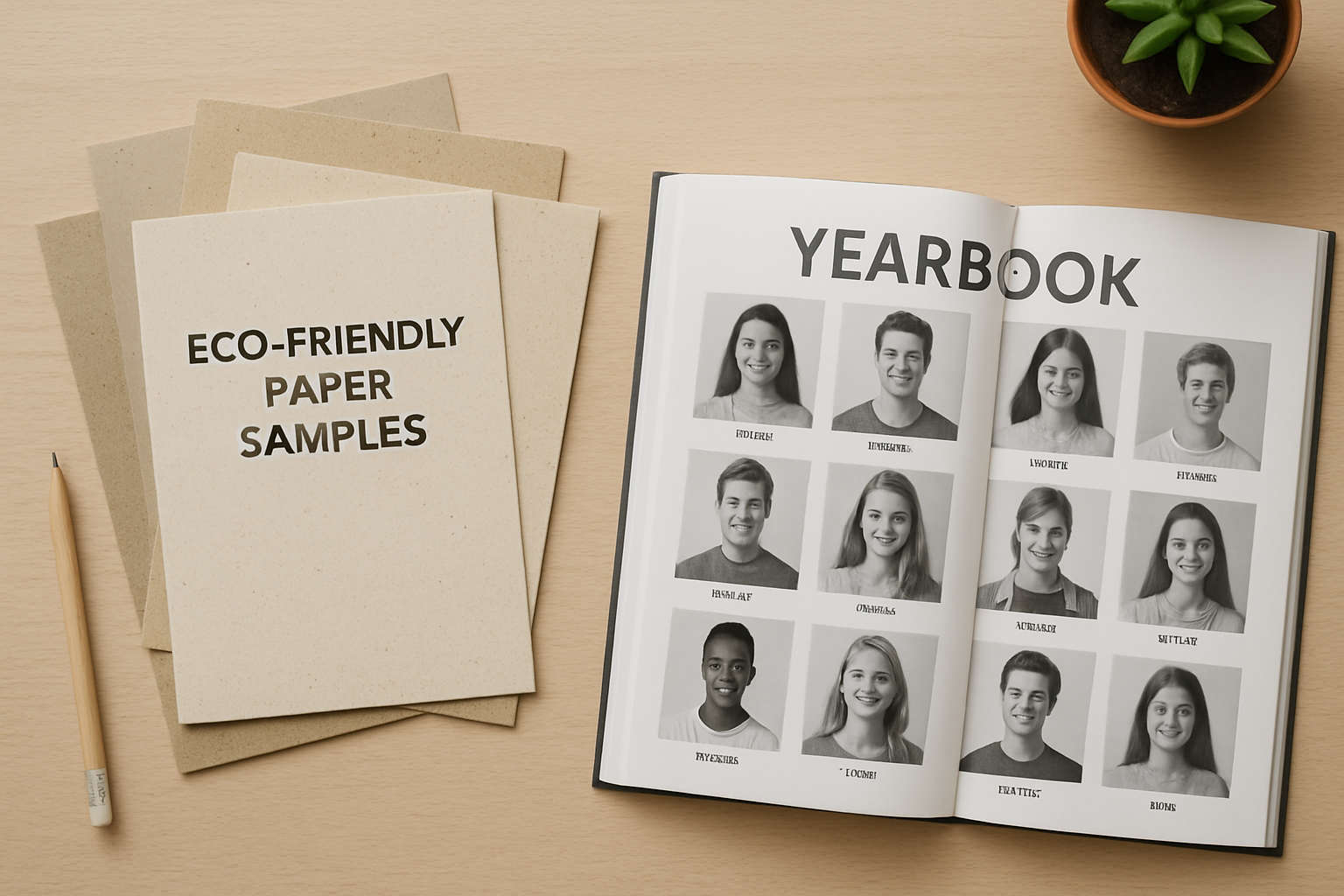
What post-production and archival options do yearbook printing companies offer?
Post-production might include shrink-wrapping, individual labelling, or boxed sets for staff and archives. Some printers offer digital archiving, or online galleries to complement the printed edition. For schools that wish to keep a record for the school archives, consider extra copies stored in climate-controlled spaces or digital preservation strategies.
An emerging trend is offering a hybrid product: a printed yearbook paired with an online album or limited-time digital replica. This approach supports long-term access and allows alumni to purchase digital back-issues without reprinting.
Final checklist: What to confirm before signing with a yearbook printing company?
Before signing, confirm the following in writing: scope of work, final quantity, exact paper stocks, binding and cover specifications, turnaround time, proofing schedule, delivery terms and any additional costs (late changes, special finishes, freight insurance). Also check cancellation and reprint policies.
Use this condensed checklist to compare suppliers:
- Detailed, itemised quote and lead times
- Sample materials and past school references
- Clear proofing and approval workflow
- Logistics: delivery, packaging, insurance
- Sustainability and paper certifications
- Post-production options and archival services
According to the World Bank, South Africa’s adult literacy rate is around 87% in recent data, which demonstrates a strong base for written school materials and printed memories. According to the South African Department of Basic Education, there are roughly 23,000 public schools needing coordinated educational printing solutions. And, according to Wikipedia, yearbooks have long been an annual cultural and historical record for educational institutions.
If you’re running a yearbook project for a primary or high school, planning early and selecting a supplier experienced in commercial printing, booklet printing and catalogue printing will save time and money. For complementary services such as textbook printing, brochures or training manuals, consider consolidating with a single trusted printer to streamline production and keep colour and finish consistent across all school publications.
Explore related service pages for deeper guidance and examples: textbook printing, brochure printing services, booklet printing, training manual printing and catalogue printing.

